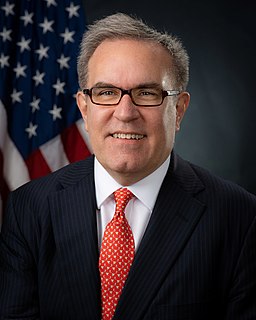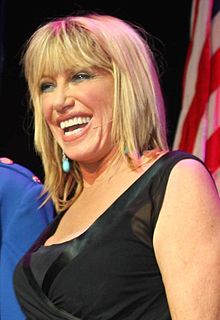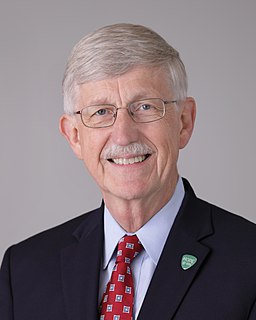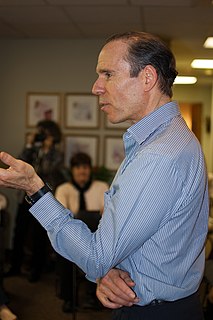A Quote by David Perlmutter
Antioxidants are chemicals that break down or neutralize the damaging effects of free radicals - chemicals produced as a byproduct of normal cellular metabolism.
Related Quotes
You are not exposed to one chemical at a time, but a complex mixture of chemicals that changes day by day, hour by hour, depending on where you are and the environment you are in... In the United States alone it is estimated that over 72,000 different chemicals are used regularly. Two thousand five hundred new chemicals are introduced annually-and of these, only 15 are partially tested for their safety. Not one of the chemicals in use today has been adequately tested for these intergenerational effects that are initiated in the womb.
We are working to understand and regulate per- and polyfluoroalkyl synthetic chemicals, known as PFAS and PFOS, used to make water-repellent fabrics and non-stick products. These chemicals have been in prevalent use since the 1940s, but we need to learn more about their potential effects on human health and the environment.
Almost all the world is natural chemicals, so it really makes you re-think everything. A cup of coffee is filled with chemicals. They've identified a thousand chemicals in a cup of coffee. But we only found 22 that have been tested in animal cancer tests out of this thousand. And of those, 17 are carcinogens. There are ten milligrams of known carcinogens in a cup of coffee and thats more carcinogens than youre likely to get from pesticide residues for a year!
Casein [the main protein found in dairy], in fact, is the most 'relevant' chemical carcinogen ever identified; its cancer-producin g effects occur in animals at consumption levels close to normal-striking ly unlike cancer-causing environmental chemicals that are fed to lab animals at a few hundred or even a few thousand times their normal levels of consumption.
Chemicals are not currently tested for their endocrine disruption potential before they are approved for use and enter our environment, and there are endocrine disruptors in a vast array of products we come into contact with every day, including organochlorine pesticides, plastics, fuels, and other industrial chemicals.





































